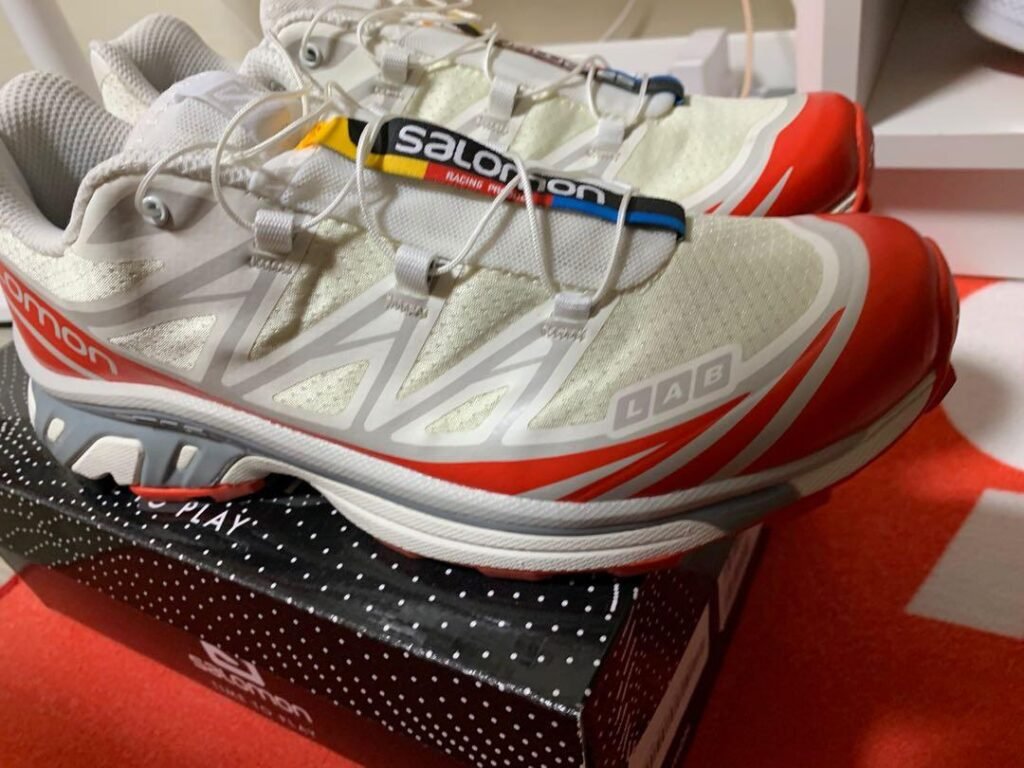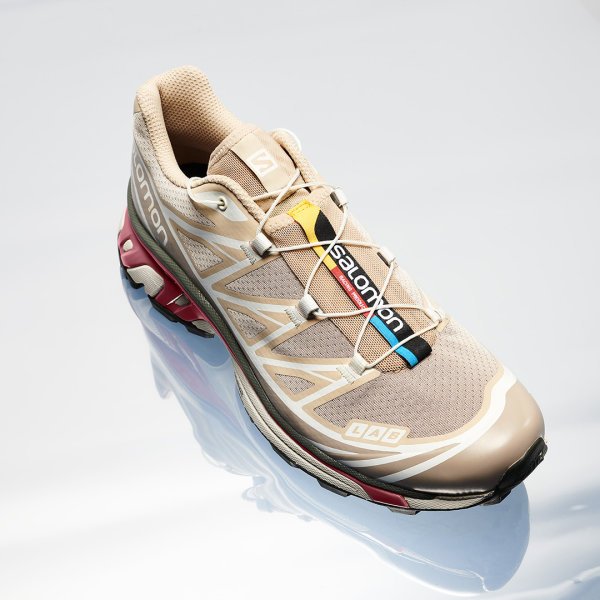Are you looking to hit the trails for a fun hike or a long-distance trek? Having the proper footwear is crucial for comfort and performance.
However, As a hiker, I trekked everywhere with used Salomon shoes and it gave me the perfect comfort.
In this article, we’ll break down the key differences between running shoes and trekking shoes to help you decide which is best for your needs.
What Are Running Shoes?
Running shoes are designed for pavement pounding.
They have a flexible sole and lightweight cushioning to absorb impact while allowing naturally used Salomon movement.
The lightweight materials help runners move quickly and efficiently.
Running shoe treads are made to grip the pavement and other hard surfaces.
They usually have an even pattern without deep grooves. A smooth tread allows for easy rolling heel-to-toe motion during running gaits.
Running shoes come in different categories like stability, neutral, and motion control.
Choosing the right type helps align the foot and prevent overpronation or supination during movement.

What Are Trekking Shoes?
Trekking shoes are made for walking and hiking rugged natural terrain like trails, hills, and uneven ground.
They have durable construction and protective features to keep feet stable while carrying loads over long distances.
The uppers are made of breathable abrasion-resistant materials like leather and mesh. Durable rubber overlays reinforce high-wear areas. Waterproof membranes help keep feet dry.
Trekking shoes have an aggressively lugged outsole to grip loose dirt, rocks, roots, and other natural debris.
Lugs allow mud clearance so debris doesn’t get stuck. The stiff midsole provides stability and torsional rigidity on uneven terrain.
Key Differences Between Running and Trekking Shoes
- Weight: Running shoes are lighter than trekking shoes. Trekking shoes use sturdier materials making them heavier.
- Cushioning: Running shoes have more cushioning, especially in the heel and forefoot. Trekking shoes focus on stability rather than softness.
- Traction: Running shoes have a smoother tread for roads. Trekking shoes have deep multidirectional lugs for gripping trails.
- Stability: Trekking shoes are stiffer to prevent rolling on uneven ground. Running shoes are more flexible to allow natural foot motion.
- Waterproofing: Many trekking shoes are waterproof or water-resistant. Running shoes have more breathable uppers.
- Durability: Trekking shoes withstand more abrasion and impact from rugged terrain. Running shoes trade durability for lightness.
Choosing the Right Footwear
Here are some tips for deciding between running and trekking footwear:
- If you’ll be running mostly on roads or groomed trails, choose running shoes for their cushy feel. Road running shoes can work for smooth dirt paths.
- For rocky trails, steep grades, and off-trail hiking, trekking shoes are a must for grip and stability. Low cut trekking shoes work well for warmer weather.
- In cold weather or deep snow, waterproof mid or high cut trekking boots will keep feet warm and dry.
- Look for trail running shoes as a middle ground with moderate lug depths to handle both dirt trails and roads.
No matter your activity, visit a specialty store to find footwear that fits your feet and demands. With the proper shoes laced up, you’ll be ready to tackle those miles in comfort and safety.



